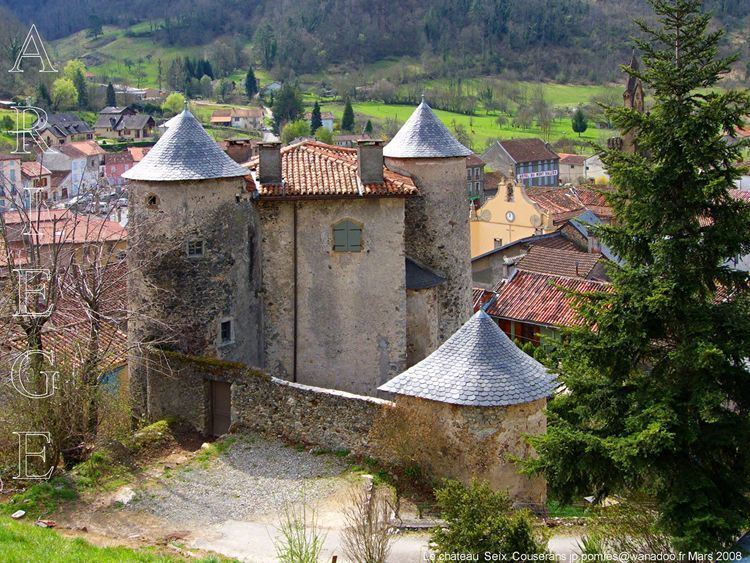Country France Area 86.78 km² | Region Occitanie Canton Oust Population (2008) 816 Local time Sunday 8:46 PM | |
 | ||
Weather 8°C, Wind S at 16 km/h, 59% Humidity Points of interest Mont Valier, Port d'Aula, Château de Seix | ||
Population
Inhabitants of Seix are called Seixois.
Sights
References
Seix Wikipedia(Text) CC BY-SA
